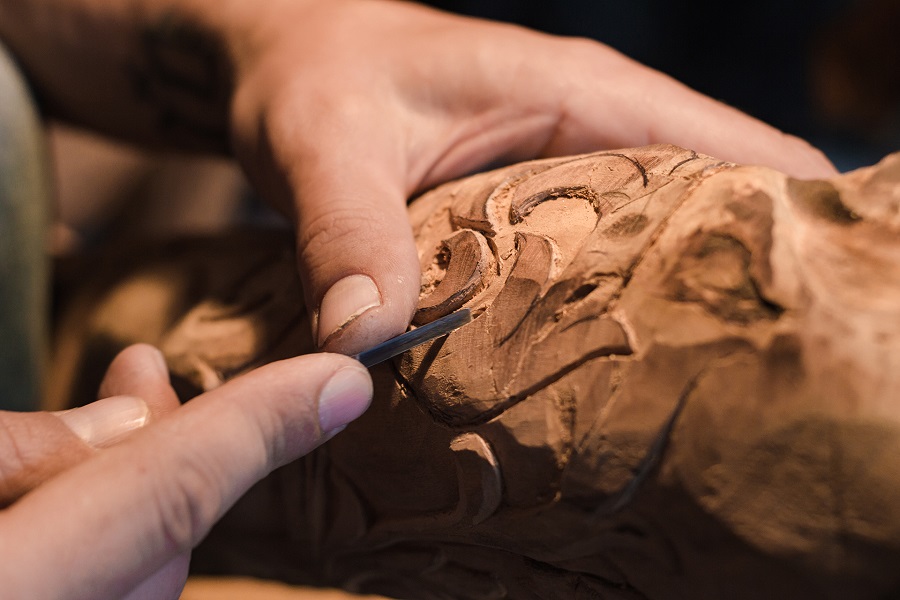Questions, answers and resources
What is this?
Successful products should solve a problem for people. It should to be a problem common enough to justify your product's existence and growth. Good data will help you establish that the need for your product is genuine.
Risks
- Your product has limited appeal
- Your solution won't scale easily
- Your product only partially solves the customer problem
Resources
- (Book) Value Proposition Design: How to Create Products and Services Customers Want
- (Book) USERPALOOZA - A Field Researcher's Guide: ... because it's easier to design for a customer you understand
- (Book) When Coffee and Kale Compete: Become great at making products people will buy
- (Book) The Innovators Dilemma
- (Capability) FOCUS framework | Provided by Justin Wilcox
What is this?
There will be currently available alternatives to your product. Understanding what prospective customers are doing now to solve the problem will inform your product development. Switching to your solution will need to be cost-effective for them, or it may not be worth doing.
Risks
- The benefits of switching to your product are outweighed by the costs
- Your potential customers are locked into their current solution
- You aren't telling a compelling enough story that makes them want to switch
Resources
- (Book) USERPALOOZA - A Field Researcher's Guide: ... because it's easier to design for a customer you understand
- (Book) When Coffee and Kale Compete: Become great at making products people will buy
- (Capability) FOCUS framework | Provided by Justin Wilcox
What is this?
If you aren't selling your product direct to your end users, make sure you establish and understand the needs of everyone else involved in the purchase journey. This increases the chances of it successfully getting to the end user.
Risks
- Your product is challenging to on-sell
- Your end users see the value but whoever is signing off on purchase doesn't
- Your product presents logistical issues for distributors or retailers
Resources
- (Book) USERPALOOZA - A Field Researcher's Guide: ... because it's easier to design for a customer you understand
- (Book) When Coffee and Kale Compete: Become great at making products people will buy
- (Book) Beyond the Obvious
- (Capability) FOCUS framework | Provided by Justin Wilcox

Next stop
Validate your path to commercial success
Review all 8 commercialisation topics to help give you reassurance that you have not missed anything that could come back to bite you later. It is important to do this early in your development process.












